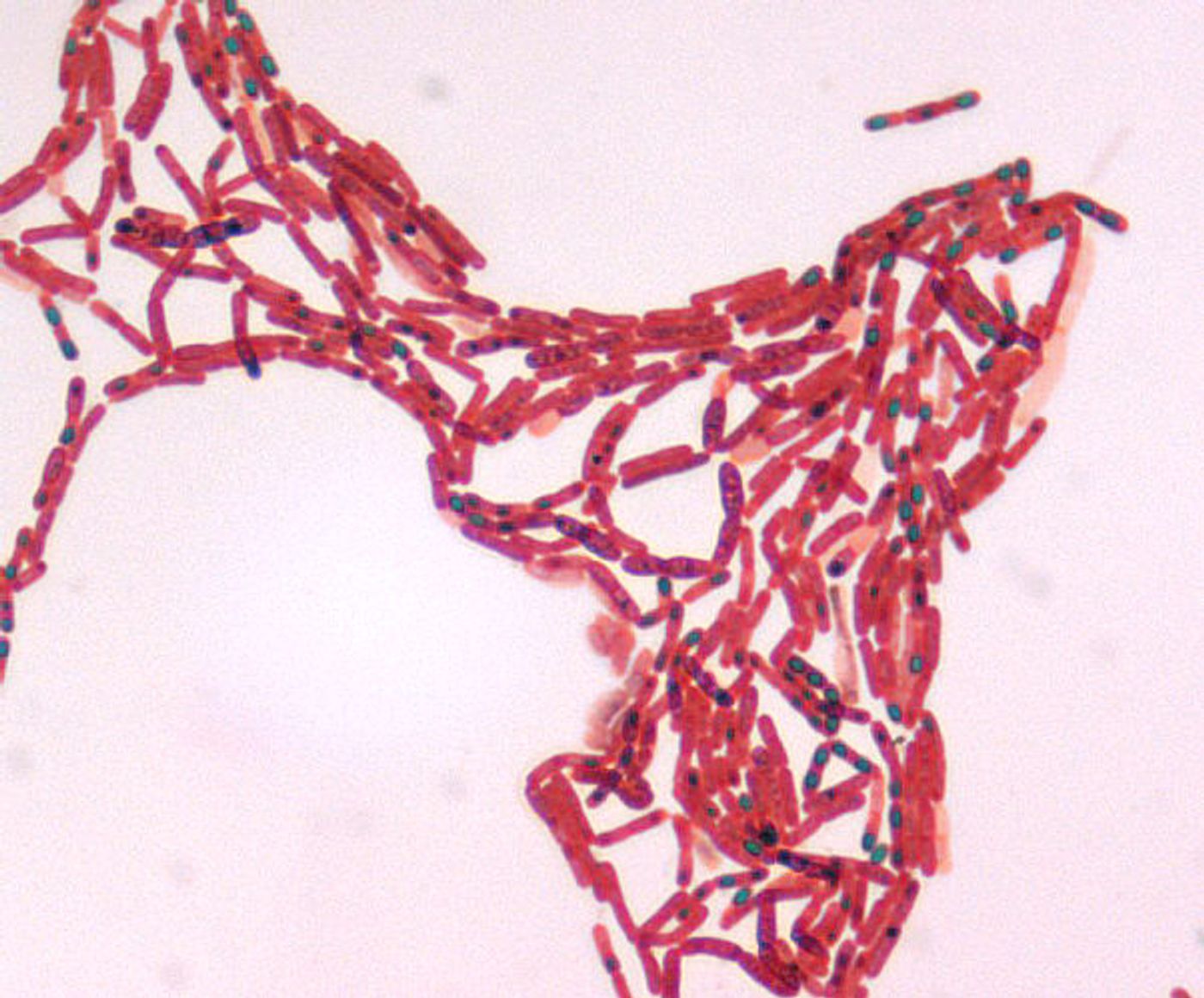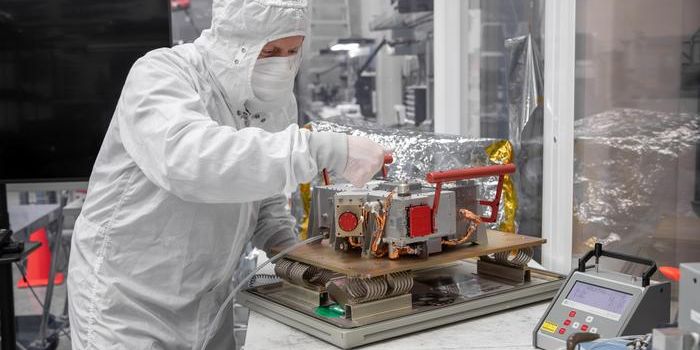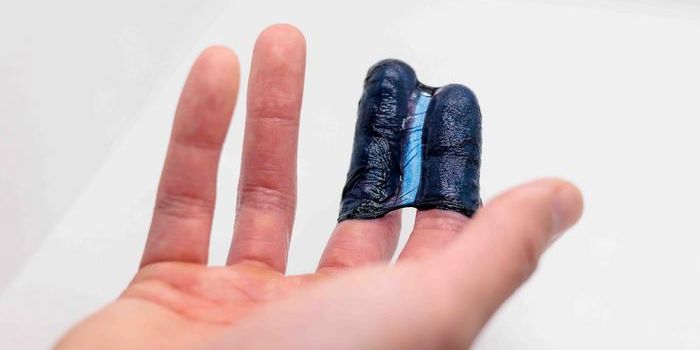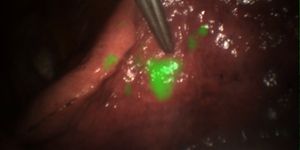In bacteria, scientists have worked to understand how form and function are related. There has been evidence that there is a strong correlation between the shape of bacteria and the nature of their movement. New research, however, calls that theory into question.
Findings published in the journal Ecology & Evolution have demonstrated that the shape of a bacterium has no bearing on how that microbe moves.
This new data highlights how different bacteria are from other organisms that are much larger, and how distinctive their environments are. For animals like fish, seals and birds for example, their shape is critical to their ability to move efficiently. Functional morphology, the structure and function of an organism in an environment, has been extensively characterized in many animals, but has not been explored in depth in prokaryotes –unicellular microbes.
One of the leaders of this work, Professor Stuart Humphries from the School of Life Sciences at the University of Lincoln, UK explained: "Many evolutionary biologists have asked why animals are shaped the way they are, but until now the scientific community has relied on mathematical models to predict the relationship between shape and movement in bacteria. We expected swimming bacteria to be rod-shaped in order to reduce their energy costs, but experimental tests are rare and, surprisingly, analyses of this relationship in an evolutionary context are lacking entirely.
"Our research has produced evidence that these theoretical predictions don't match reality, at least in this group of bacteria, and it therefore makes a major contribution to our understanding of the evolution of bacteria."
Other leaders of the study were Dr. Fouad El Baidouri, also from the University of Lincoln, and Dr. Chris Venditti of the University of Reading. The team collected information on 325 different species of Firmicutes bacteria for this research, aiming to fill in the gaps in knowledge on how various characteristics of single-celled organisms are affected by their shape. Those characteristics were motility, pathogenicity – how dangerous they are, and lifestyle – whether they are free-living or associated with a host. Firmicutes, an important phylum of bacteria, includes bacteria from C. dificile to B. subtilis. See more about them in the following video.
"The main focus of our research is to understand why bacteria come in so many different forms, but in order to understand this we needed to find out which bacteria have which shape. With no datasets available, we saw a clear need to collect morphological and ecological data on bacteria -- a task which took several months, and is still ongoing,” explained El Baidouri.
"We fully expected to confirm a widely-held belief, backed by strong theoretical predictions, that rod-shaped cells would move more effectively than coccoid (spherical) cells, and that shape and motility had co-evolved. We used a number of approaches to confirm our findings, and to our great surprise we didn't find any association between the two traits."
One finding that may not have been surprising was an association between lifestyle and motility. As bacteria became associated with a host, there was less need for mobility.
However, the researchers learned that neither the lifestyle of bacteria nor its pathogenicity, are influenced by shape. This indicates that this group of microbes likely has a larger degree of evolutionary flexibility than was thought.
Sources:
AAAS/Eurekalert! via
University of Lincoln,
Ecology & Evolution




![[Guide] 7 Strategies to Boost Laboratory Collaboration](https://d3bkbkx82g74b8.cloudfront.net/eyJidWNrZXQiOiJsYWJyb290cy1pbWFnZXMiLCJrZXkiOiJjb250ZW50X2FydGljbGVfcHJvZmlsZV9pbWFnZV83YzBjZWIwM2Y5YzI4MmFlYzBhZDZhMTcyNTQ1ZGU3YmE4Y2MzMDYyXzUxNDkuanBnIiwiZWRpdHMiOnsidG9Gb3JtYXQiOiJqcGciLCJyZXNpemUiOnsid2lkdGgiOjcwMCwiaGVpZ2h0IjozNTAsImZpdCI6ImNvdmVyIiwicG9zaXRpb24iOiJjZW50ZXIiLCJiYWNrZ3JvdW5kIjoiI2ZmZiJ9LCJmbGF0dGVuIjp7ImJhY2tncm91bmQiOiIjZmZmIn19fQ==)




